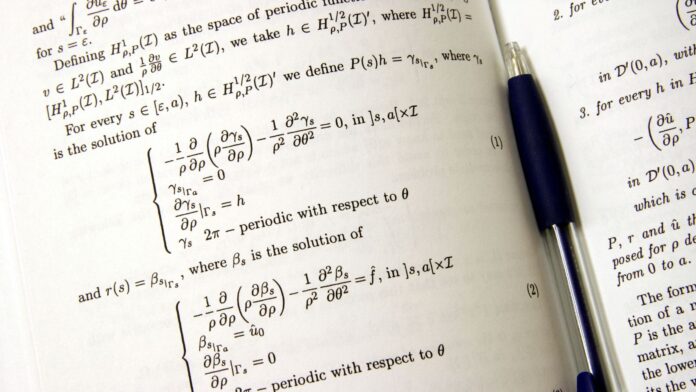When it comes to describing the behavior and properties of an electron in an atom, quantum numbers play a crucial role. These numbers provide a unique set of values that help us understand the electron’s location, energy level, and spin. However, not all sets of quantum numbers can fully specify an orbital. In this article, we will explore the limitations of quantum numbers and identify the specific set that falls short in describing an orbital accurately.
Quantum numbers are like the address of an electron within an atom. They provide us with valuable information about its position, energy, and orientation. However, there is one set of quantum numbers that cannot fully specify an orbital. In this article, we will delve into the details of these quantum numbers and understand why they fall short in describing the complex nature of an electron’s behavior.
Which Set of Quantum Numbers Cannot Specify an Orbital
Quantum numbers are a set of values that describe various properties of electrons in an atom. These numbers provide important information about an electron’s location, energy level, and spin. By understanding the quantum numbers, scientists can gain insights into the behavior and characteristics of electrons within an atom.
There are four primary quantum numbers that are commonly used: the principal quantum number (n), the azimuthal quantum number (l), the magnetic quantum number (m), and the spin quantum number (s). Each of these numbers plays a crucial role in determining the properties and behavior of electrons.
The principal quantum number (n) indicates the energy level or shell in which an electron resides. It can have integer values starting from 1 and increasing in increments. The higher the value of n, the farther the electron is from the nucleus and the higher its energy level.
The azimuthal quantum number (l) describes the shape of the electron’s orbital. It determines the orbital’s angular momentum and can have values ranging from 0 to (n – 1). The value of l also determines the subshell in which the electron is located, such as s, p, d, or f.
Importance of Quantum Numbers in Determining Orbitals
When it comes to understanding the behavior of electrons in an atom, quantum numbers play a crucial role. These numbers provide valuable information about an electron’s location, energy level, and spin. By using quantum numbers, scientists can determine the arrangement of electrons in an atom and predict their behavior.
One of the most important applications of quantum numbers is determining the orbitals in an atom. An orbital is a region in space where an electron is most likely to be found. Each orbital has a unique set of quantum numbers that describes its characteristics. These quantum numbers include the principal quantum number (n), the azimuthal quantum number (l), the magnetic quantum number (ml), and the spin quantum number (ms).
The principal quantum number (n) indicates the energy level of an electron. It determines the size and distance of the orbital from the nucleus. The azimuthal quantum number (l) defines the shape of the orbital and can take on values from 0 to (n-1). The magnetic quantum number (ml) specifies the orientation of the orbital in space. Lastly, the spin quantum number (ms) describes the spin of the electron within the orbital.

Principle Quantum Number
The principle quantum number, denoted as “n,” is one of the four quantum numbers that describe the behavior of electrons in an atom. It determines the energy level or shell in which an electron resides. The value of “n” can be any positive integer starting from 1.
The principle quantum number is directly related to the size of the orbital. As the value of “n” increases, the orbital becomes larger and the electron is positioned farther away from the nucleus. This means that electrons in higher energy levels have higher energy and are more likely to be found further from the nucleus.
However, it is important to note that the principle quantum number alone cannot fully specify an orbital. While it provides information about the energy level and size of the orbital, it does not give any details about the shape, orientation, or exact position of the orbital within a given energy level.


